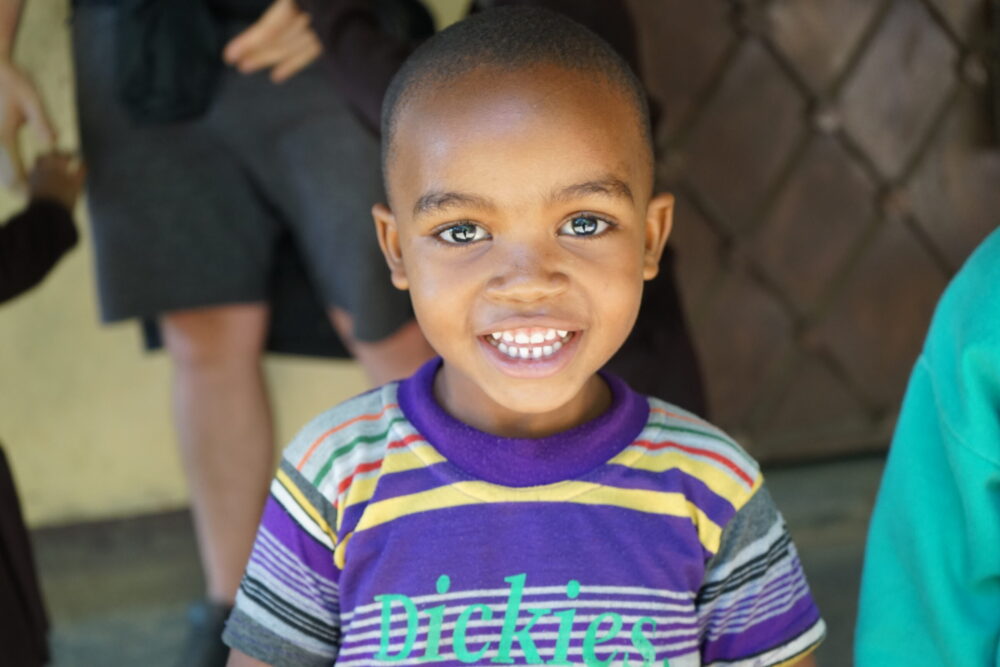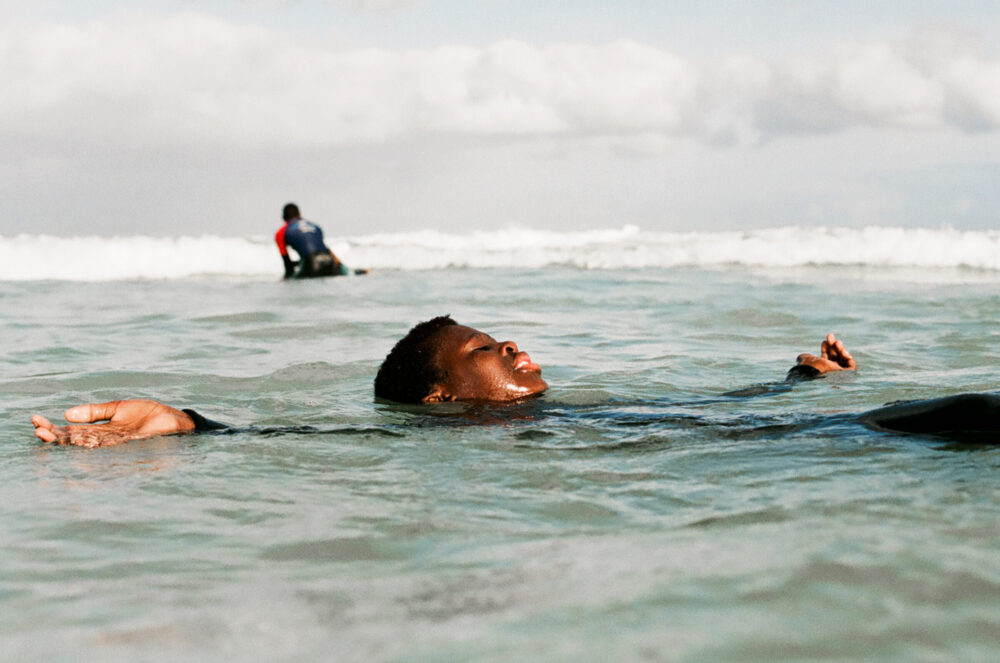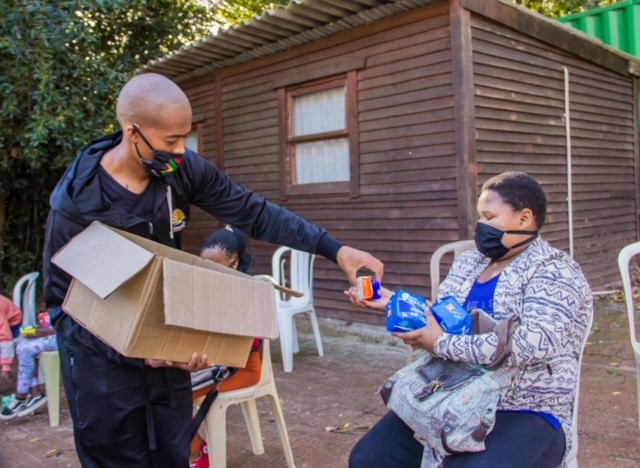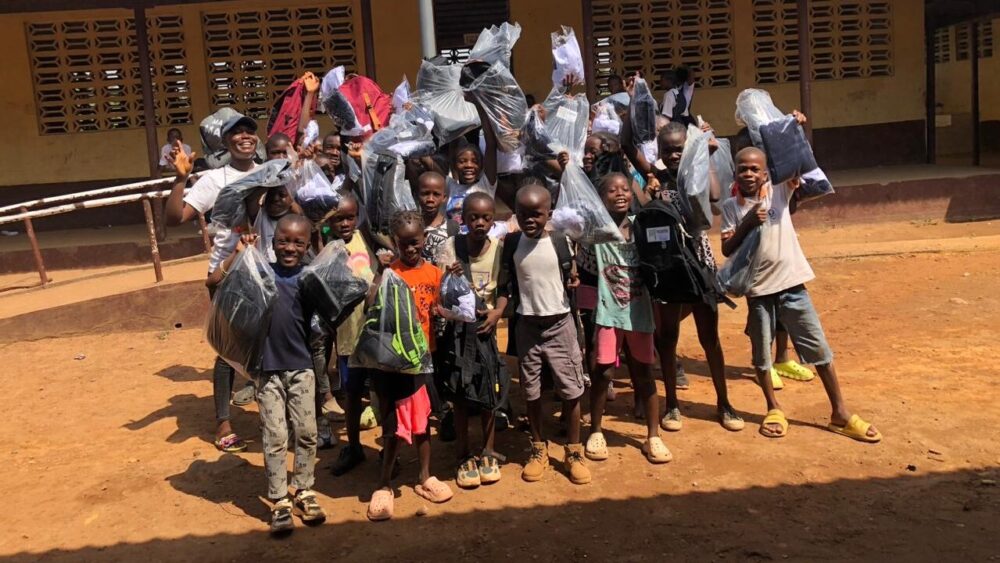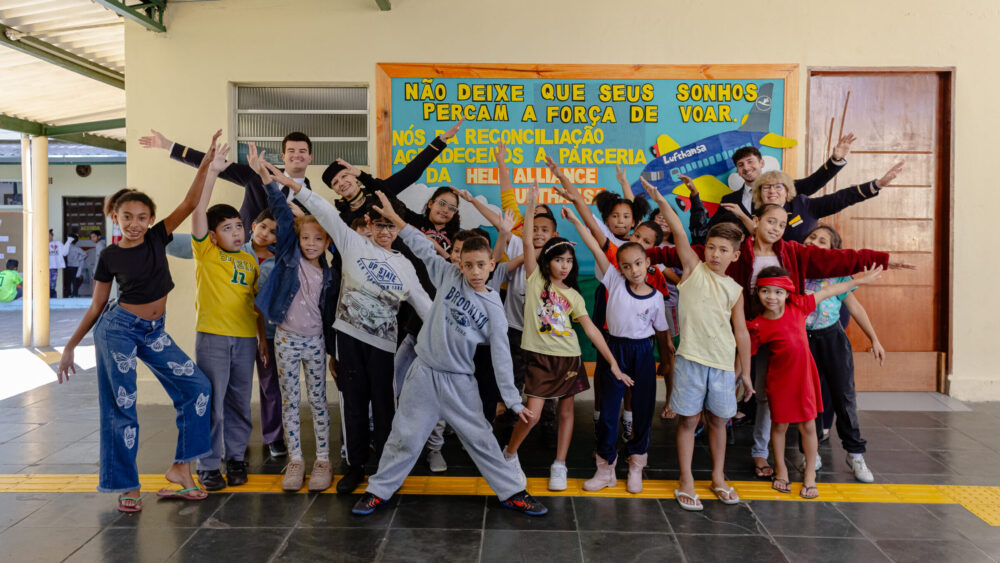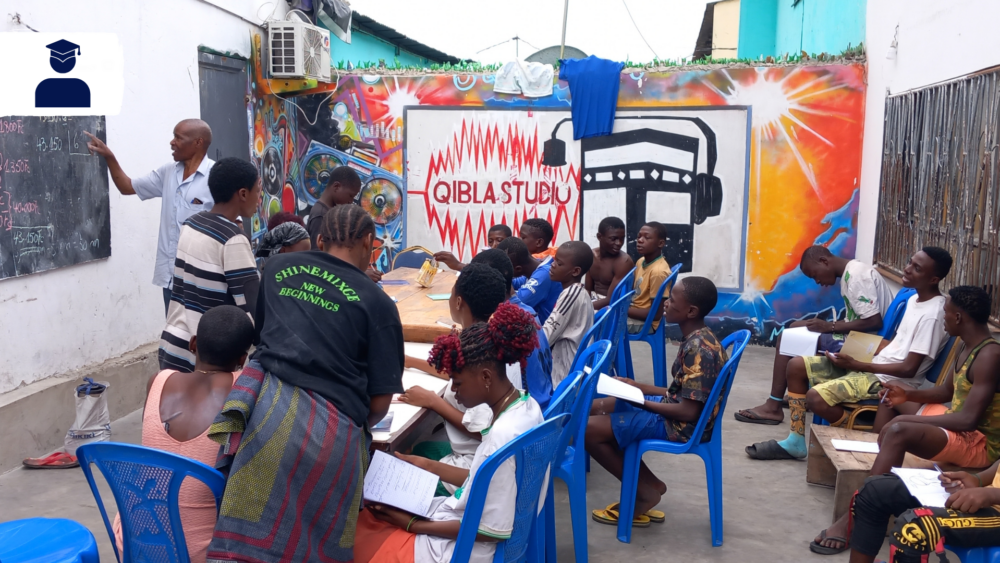
Africa
In Africa, around 1.3 billion people live in 54 countries. The continent, considered the cradle of humanity, faces many challenges in the 21st century. The greatest of these is widespread poverty, which affects almost all areas of people’s lives in Africa. Many families are unable to afford the cost of school uniforms, books, and teaching materials. In financially weak families, children often have to contribute to the livelihood and frequently drop out of school. As a result, fewer children attend school overall and are hardly trained as highly qualified workers later on. In sub-Saharan Africa, the proportion of illiterate people is 36.6%, with women being more affected than men, since about one in two women cannot read or write.

In addition, the continent faces further economic problems. Many countries lack the necessary industrialization and the establishment of internationally competitive production. This is a particularly difficult task, as agriculture in many African countries is predominantly subsistence farming and industry is primarily oriented towards the export of raw materials. However, since the beginning of the 21st century, an increasing number of African states have been among the world’s fastest growing economies due to the large amount of land available for agriculture and the increasing importance of trade with industrialized and emerging countries.
Education
Many African countries are trying to modernize their education systems. The strengthening of international development cooperation in recent years, especially after the adoption of the Millennium Development Goals and the subsequent Sustainable Development Goals (SDGs) of the United Nations, has improved the education situation in several African countries. For example, school enrolment rates have risen and gender inequality has been slightly reduced. Nevertheless, the state of education in many sub-Saharan countries remains critical. Only about 56% of children there successfully complete primary school. The majority of school dropouts are girls who have to leave school due to marriage, pregnancy or lack of sanitary facilities. One example is the pregnancy of teenagers in Rwanda, which is a major problem, where every year 17,000 young girls between the ages of 11 and 18 become pregnant. There are many reasons for this, but poverty and lack of education play a major role.
Work and Income
Despite the economic growth of many African countries, too few new jobs are being created. A report by the United Nations Conference on Trade and Development UNCTAD shows that the economic conditions on the continent are improving continuously, but not fast enough to create enough jobs for the equally fast growing population. One indication of this is the rising number of unemployed people in various regions of the continent. For example, youth unemployment in Southern Africa reached 45.2% in 2018.
Our project work in Africa
Through a variety of projects, help alliance tries to counteract the problems in the areas of education as well as work and income. For example, by building a primary school in Capricorn, South Africa, where over 2,500 children live without access to education, we are responding to the lack of schools and classrooms. In southwestern Uganda, a similar project gives 400 pupils access to secondary education. In the area of work and income, help alliance also supports several projects, such as in Ethiopia, where young, disadvantaged women are trained in the hotel and housekeeping sectors. This provides them with free and practical training and thus enables them to enter the working life. Help alliance supports similar projects in Togo, Gambia, Benin and Senegal, among others.


